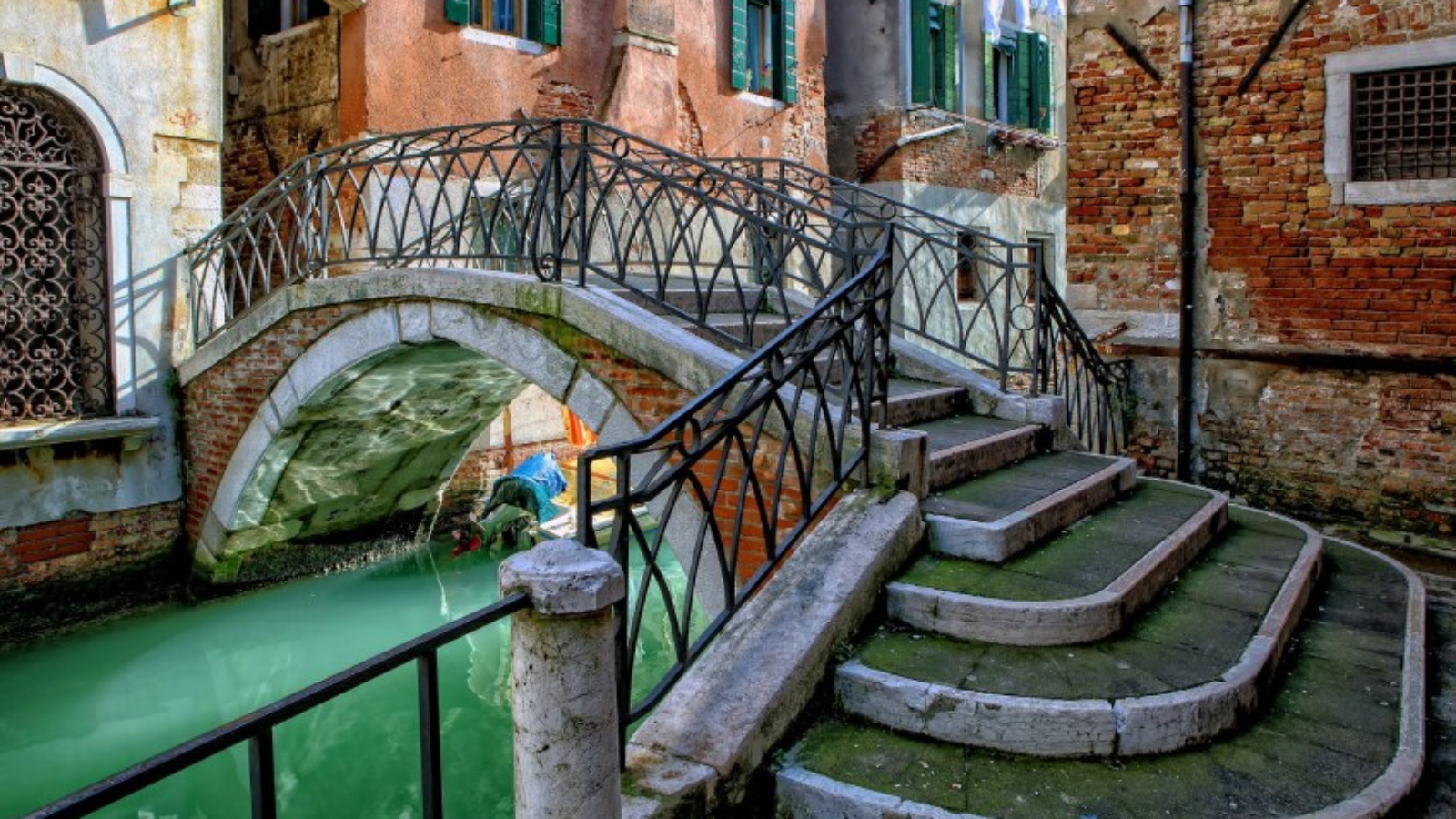The world of tourism is constantly evolving thanks to an increasingly digital approach, new ways of travelling and attention to sustainability. The new trends that emerge reveal how demand and supply are changing.
1. Holiday Working and Tourist Seasonal Adjustment
The pandemic has favoured working in smart mode, allowing workers to stay at home and work simultaneously. A new phenomenon has spread: holiday working, which combines flexibility and achieving results with the possibility of taking a holiday at any time of the year. Many smart workers decide to work in a location different from the one where they usually live, often in places that are not very touristy and in low season periods. For tourism operators, this phenomenon can represent new opportunities: new targets, more visitors even in low season, enhancement of the territories’ economy, and more.
2. Neverending Tourism
The pandemic has increased the use of digital content and online purchases. For tour operators, it means being able to expand the traditional offer, focusing on digital to extend the tourist experience before and after the trip through:
- Virtual visits to museums and cities, cooking classes or gamification platforms
- Food and wine products or local crafts sold by operators or on e-commerce platforms
3. Sustainable Τourism
More and more tourists believe that sustainability in tourism is essential to cope with phenomena such as overtourism, pollution of beaches and waterways, deforestation, energy inefficiency and the use of disposable plastics, and there are also those who would be willing to spend more to travel with greater respect for the environment. More and more structures are already active in actions aimed at sustainability:
- • Use of sustainable materials, products or energy sources
- • Agreements with local producers for the promotion of products and services
- • Promotion of sustainable mobility
- • Affiliation to network for sustainable development
4. Digitalization of the Journey
Today the internet is increasingly central to searching for information and booking accommodation, transport and activities. The facilities offer innovative solutions such as:
- Mobile payment option (Apple pay, Google Pay) or remotely (Pay-by-link)
- Online or mobile check-in
- Virtual support via chatbot or device
- Virtual tour of the rooms on site
- Virtual chats to open rooms via smartphone
In 2021 began to spread the so-called Buy Now Pay Later (system to buy and pay in instalments without interest) thanks to the Italian Scalapay, as well as the launch of Stays, the cashback system on travel launched by Revolut
Also, in the cultural field, digitalization has spread more online ticketing and skip-the-line services. The onsite experience has been enriched with tools such as QR-code, touch screen, App, virtual reality and interactive installations.
5. Flexibility, Health and Safety Guarantees
Consumers want security, assistance and flexibility. In response, accommodation facilities rely on flexibility in cancellation policies, while museums invest in safety with systems for physical distance, video surveillance systems and alarms for fire and smoke detection, but also about virtual security with cybersecurity and data protection solutions.
In light of these trends, it is clear that there has been a breakthrough in the tourist ecosystem. The response of operators continues, above all, towards those aspects of tourism that are expected to be the most in demand in the future.
Are you interested in the transformation of the tourism industry that is going on? Stay tuned to Dual Tourism for news and insights on how we will achieve this by empowering the new generation through VET.


